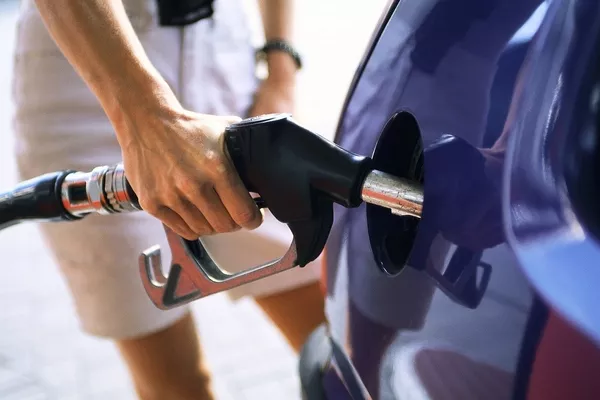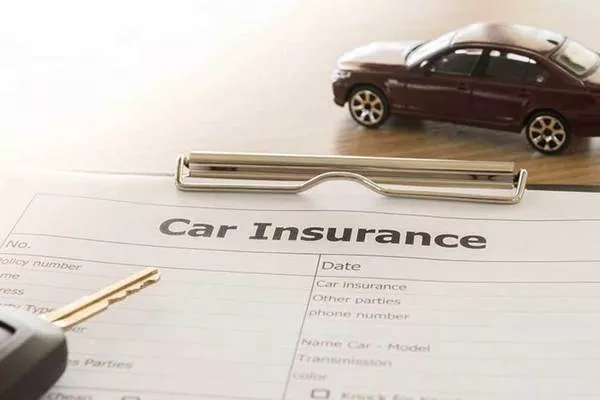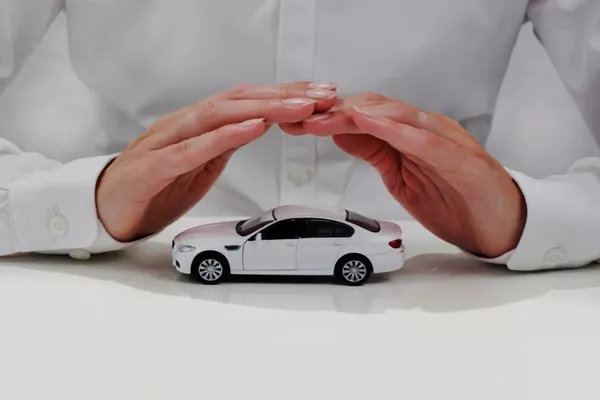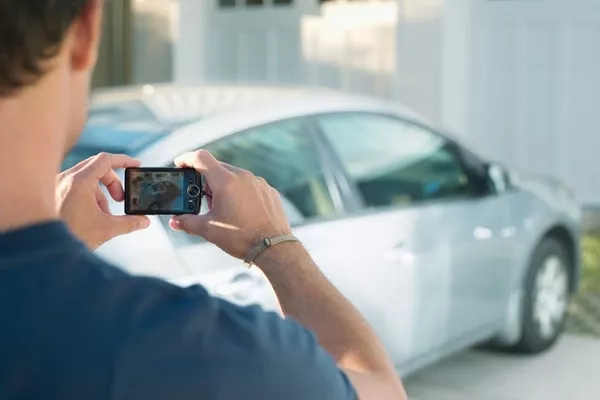Typhoons are the norm in a tropical country such as the Philippines, with heavy rains and strong winds that cause extensive damage and casualties in the regions they hit, which is why the importance of preparing for one isn’t lost on any household.
Given that, typhoons are also the bane of a car owner’s life. Think about it: you probably spend the most amount of time in your car (probably more so than your house), which is why it’s essential to ensure that your vehicle is ready to face a typhoon’s onslaught. Philkotse.com lists down the ways you can prepare your ride for the storm.
1. Fill your tank
When a typhoon is coming, the most important items to stock up on our food, water, and medicines. With a car, the primary requirement is fuel. Even if evacuation isn’t part of your plan, it still makes sense to make sure that your tank is full, in case you need to use the car for any emergency.
If you need to make a supply run or an urgent rescue after the rains have subsided, at least your car is ready to go. Besides, it’s more practical to fill it up before worst of the typhoon strikes, as prices of essential commodities usually spike in a typhoon’s aftermath - including fuel.

Make sure your gas tank is full
>>> Read more: Driving smart: 10 proper ways to fill up your car.
2. Take out all important documents
Most people place their car documents in the glove compartment, thinking that these will be safe since the car is mobile; these include vehicle registration, service records, owner’s manual, insurance papers, even non-car-related ones such as birth certificates and land titles.
But you’ll never know if the floods that typhoons bring will force you to leave the car somewhere, rendering your documents vulnerable to theft; even worse if the car sends up being submerged, which means that those papers will be lost forever, and these can be a pain to replace. If you can’t avoid stowing those important files in the car, put them inside a waterproof resealable bag.

Take out all the essential documents in your vehicle and put inside a resealable bag to protect it from moisture
3. Inspect your car’s condition
As a car owner, you have the responsibility to keep your ride in good condition all year round, especially before a typhoon comes; if there are specific components that need to be repaired or replaced, better have them done as soon as possible.
The wipers are especially important since they are responsible for your forward visibility during rains. Constant exposure to sunlight and debris eventually wears out the wiper’s rubber blades, making them brittle and cracked.
If you notice that they leave streaks across your windshield in the rain, it may be time to change them. Maintaining correct tire pressure is also important; not too much air as to compromise grip, but not too little as to slow you down and compromise your fuel consumption.
Apart from fuel, also remember to check your car’s critical fluids such as engine oil, radiator coolant, power steering fluid, and transmission oil.

Have your car undergo a maintenance check in preparation for bad weather ahead
>>> You might concern: Safety Guide Before Driving into Flood Water in the Philippines.
4. Park the vehicle safely
Whether it’s a garage or a storage unit, find the safest possible place to park your car. If you live in an area where floods are frequent, the best way is to take the car to higher ground. Try to find an elevated place that’s not too far from your home, in case you’ll need to evacuate.
When you do decide to keep the vehicle in your garage, surround the area with barriers or sandbags to mitigate the effects of floods.
>>> Check out: 5 easy car parking tips for Filipino drivers.
5. Ask about acts of nature coverage
Even if you do manage to avoid a fender-bender on the road with another car, there’s no telling when a tree, billboard or boulder might end up on your vehicle’s roof, as a result of heavy rains and strong winds; this is where acts of nature coverage come in.
This particular rider stipulates protection for your unit from damage caused by natural events. If your current insurance policy currently doesn’t have one, you may want to consider talking to your insurance agent to include it.

Consult with your auto insurance provider regarding acts of nature coverage
>>> Also check: What insurance covers the damage of natural disasters and how does it work?
6. Take photos of the car’s interior and exterior before the storm
It’s practically impossible to predict if your car can make it out of a storm in one piece, and when the worst happens, your only recourse would be to file an insurance claim to cut your losses.
Taking pictures of the car before and after the storm may help expedite your claim, since you have documented evidence of how your car looked, and the extent of the damage caused by the typhoon.

Taking pictures of your car serves as documented evidence of typhoon damage
7. Remove unnecessary accessories
Take note of accessories that you’ve had installed on your car, such as roof racks, extra antennas, and other similar add-ons. If they’re not securely fixed to your car, chances are a gust of wind can easily turn them into dangerous projectiles that can potentially hurt pedestrians and damage other property. Remove these accessories in the meantime and secure them in a safe place until weather conditions improve.
8. Prepare an emergency kit for your car
It never hurts to bring an emergency kit along, for situations when you or someone else might require assistance. This kit can be comprised of the following essential items:
- Automotive toolkit
- Pocket knife
- Extra fuses
- Road flares
- Emergency tire sealant
- Extra motor oil
>>> There are more: Essential items to pack in your car emergency kit for a summer road trip.
Be sure to store these items in a waterproof and sturdy container with zippers or a quick-release latch, which can easily be opened when needed. Remember to also pack a Go Bag for you and your family's personal necessities.
Recent posts
- [Philkotse guide] Cars get flooded - What to do to save your vehicles? Nov 30, 2022
- 5 Steps to Know If You Are Buying a Flood Damaged Car Sep 10, 2018
- Best car features to drive through flood in the Philippines Dec 31, 2020
- 8 steps to do when your car gets flooded in the Philippines Jul 31, 2018
- 5 important safety tips for driving after a typhoon Dec 25, 2017












